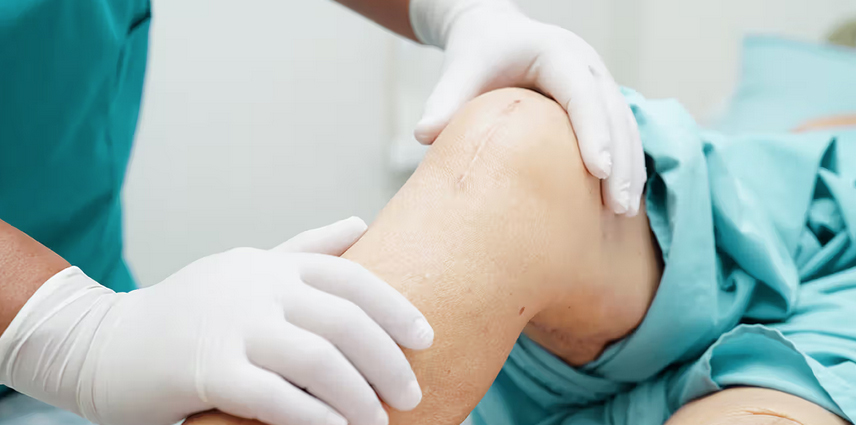Orthopaedics concerns medical intervention into our musculoskeletal system – particularly, our bones and their joints. Millions of us are impacted by orthopaedic events each year, and a great majority of our NHS’s surgical waiting list can be described by patients waiting for elective orthopaedic treatments.
There are various reasons for which someone might be referred to an orthopaedic team, from elective surgical procedures like hip and knee replacements to more immediate emergency interventions relating to traumatic injury. Like every other area of medical care and intervention, orthopaedic teams are not immune to the risk of medical negligence. Indeed, orthopaedic negligence can occur in a number of ways – but what are they?
1. Misdiagnosis or Delayed Diagnosis
Negligence risks begin right with primary care, or those first visits a patient makes to a GP with musculoskeletal complaints. Misdiagnosis varies in commonality depending on the conditions with which patients visit GPs, but can be much more likely where vague or common symptoms are presented.
Misdiagnosis receives more column inches where cancer misdiagnoses are concerned, but musculoskeletal conditions can also see heightened rates of misdiagnosis – which could lead to preventable progression of a condition, or preventable damage via incorrect treatment.
2. Surgical Errors in Orthopaedic Procedures
One of the more immediate risks to orthopaedic patients is, of course, in surgery. Surgical events of any kind carry risk of some proportion, simply due to the nature of surgery as an undertaking. However, surgical negligence describes more than the accepted risks inherent to surgery.
A surgeon may wilfully cause unnecessary damage in the process of a surgery, may use a technique to which the patient did not consent, or may even operate on the wrong site entirely. All of these carry long-term consequences, and risk painful disabling conditions for patients in the aftermath.
3. Inadequate Postoperative Care
It is not the surgery alone that poses risks to patients in terms of orthopaedic medical negligence; it is also the postoperative care that patients receive that can bring negligent experiences to bear. For instance, nursing staff in the recovery room may fail to recognise obvious signs of post-surgery complication, enabling dangerous conditions to develop. Alternatively, medical staff may fail to properly care for patients in recovery, whether by wilful mistreatment or ill-advised pain management techniques.
4. Lack of Informed Consent
Consent has already been acknowledged in this piece, with regard to failures in surgery resulting in non-consensual cuts or techniques. However, the issue of consent extends beyond the operating theatre, and can speak to systemic failings in a given medical centre’s infrastructure.
Failure of medical staff to properly avail patients of the risks associated with orthopaedic surgery ultimately results in a patient being unable to properly give consent for their treatment. This is a profound issue, and one which goes to the basics of patients’ rights.











